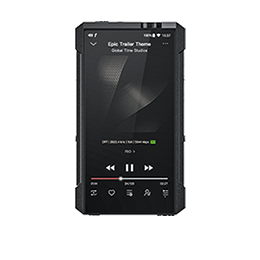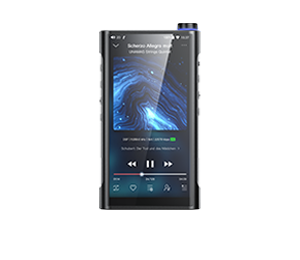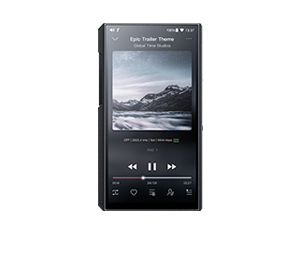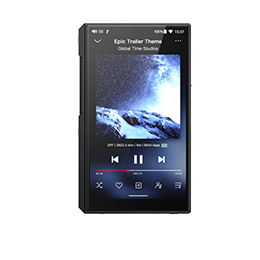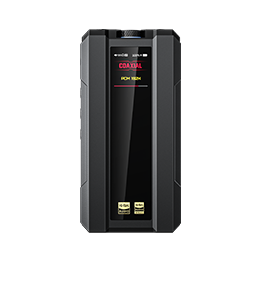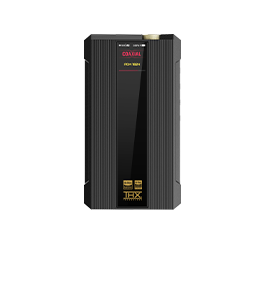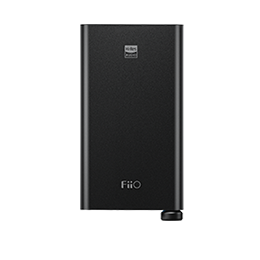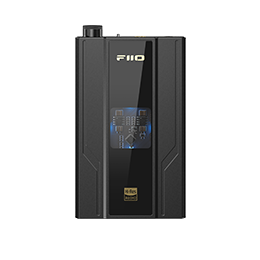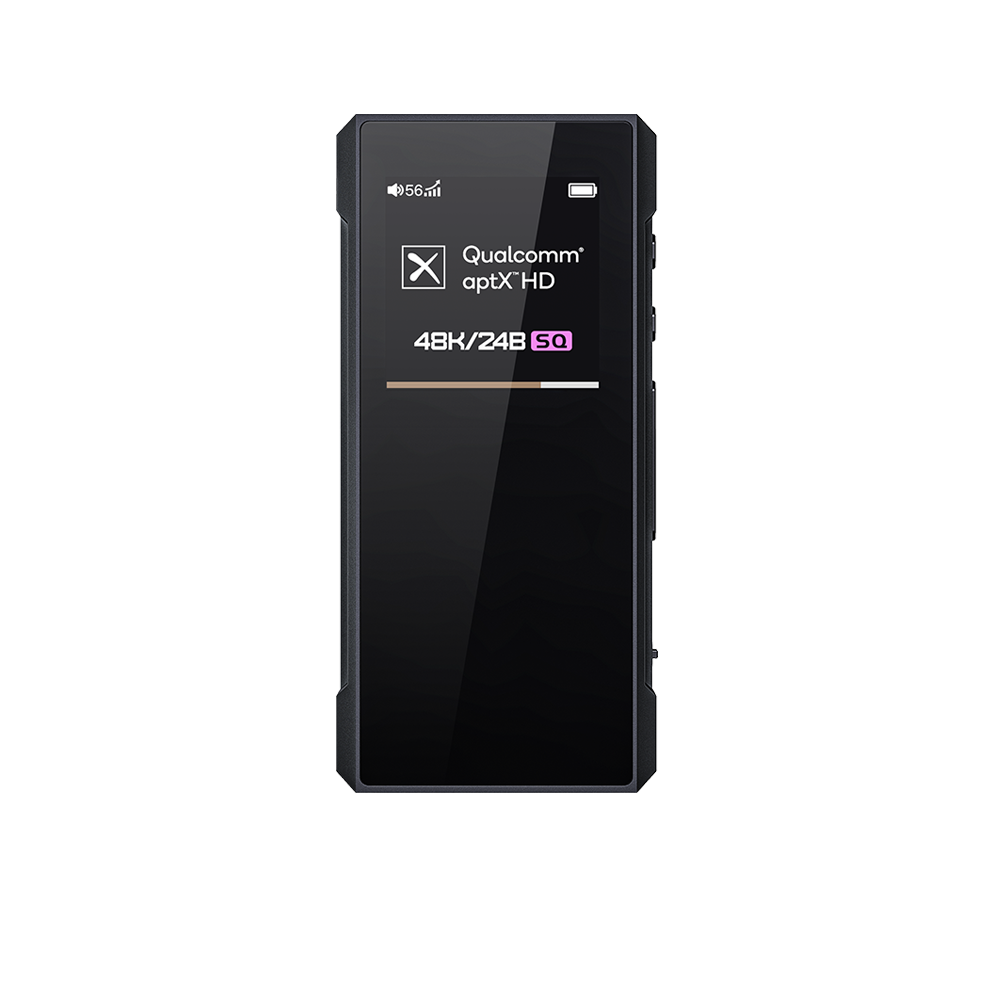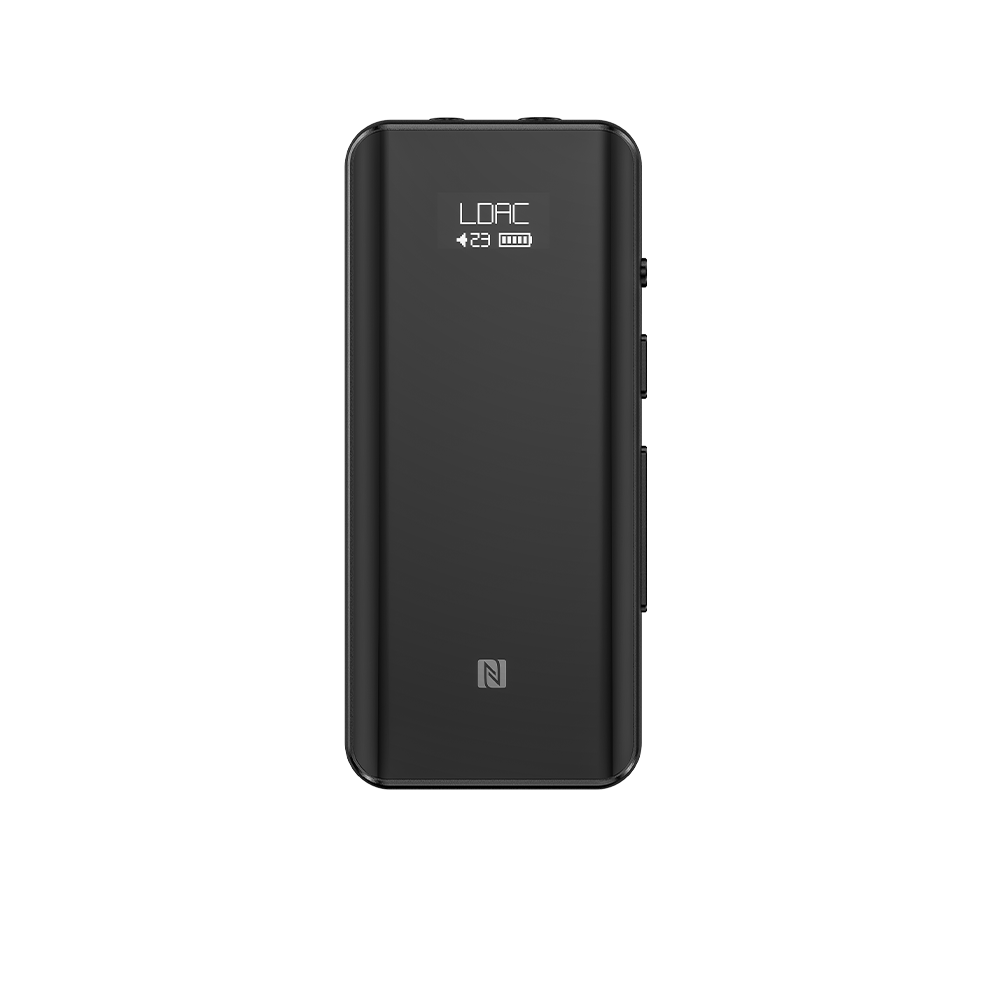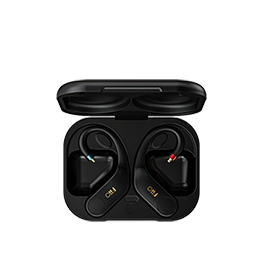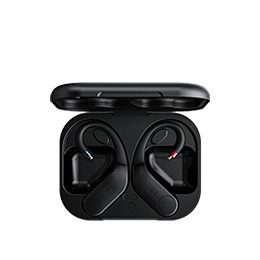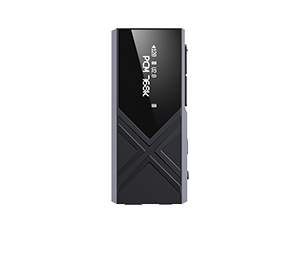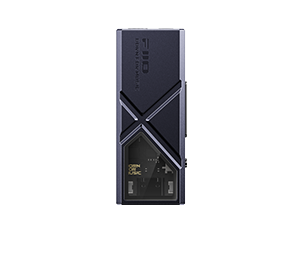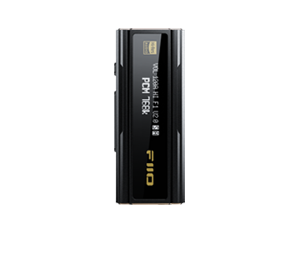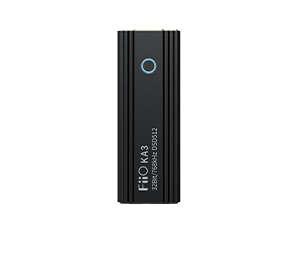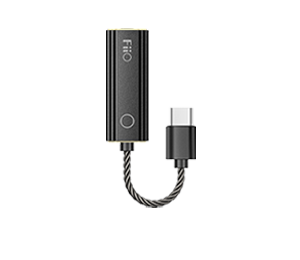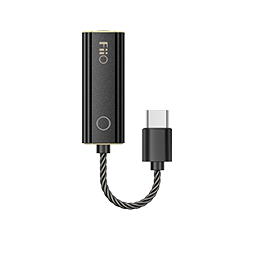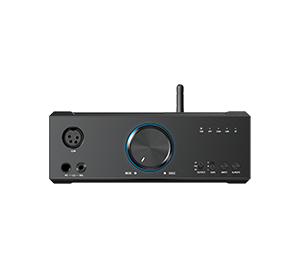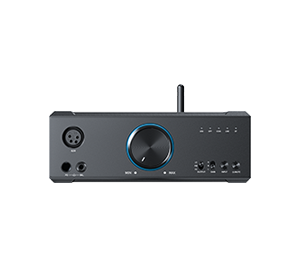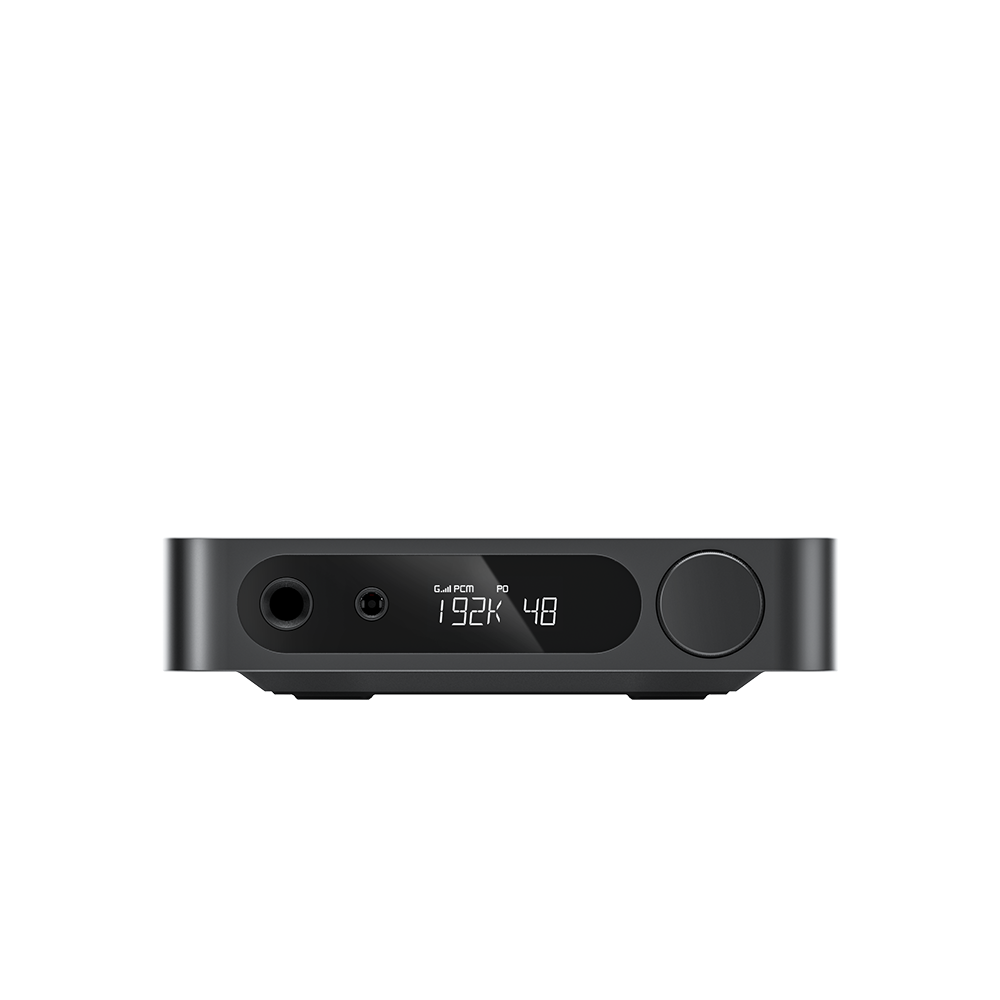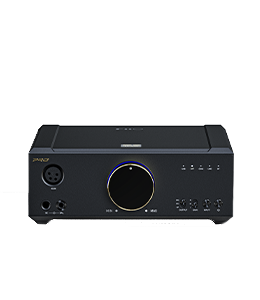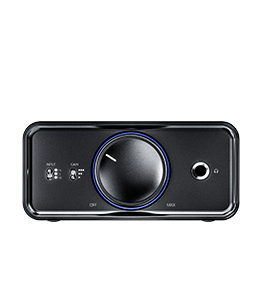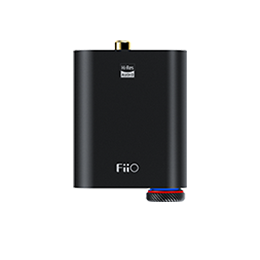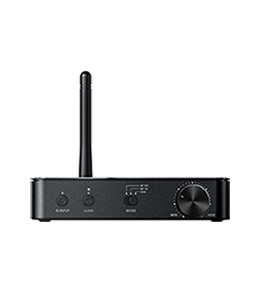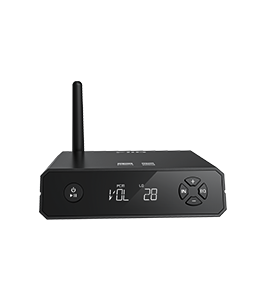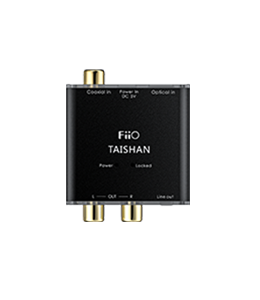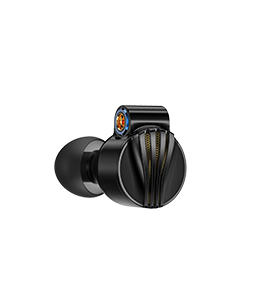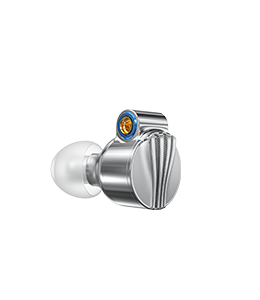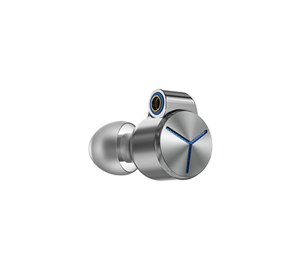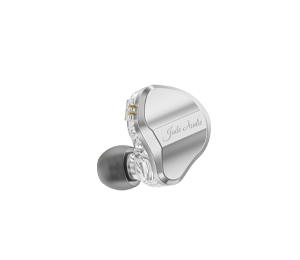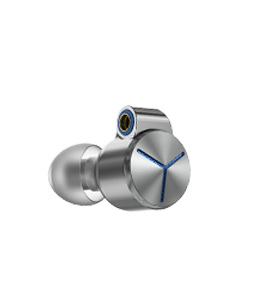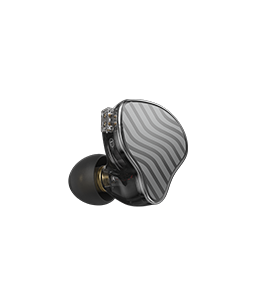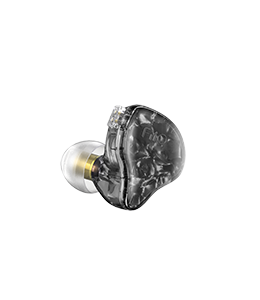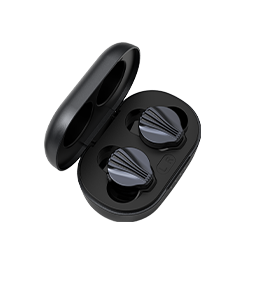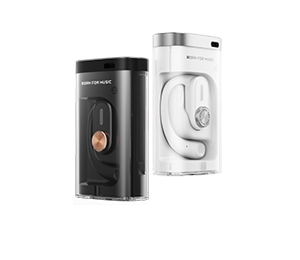22. Instructions of the system settings-audio for the R9
-
Optical/coaxial output switch
-
Control the optical/coaxial output port, the default state is OFF.
2. Coaxial output signal setting: This setting needs to be adjusted only when using coaxial output
In D2P mode, playing PCM signal will output native PCM signal; playing DSD signal, the system will convert DSD signal into PCM signal to output
DoP mode, PCM signal and DSD signal will be natively output.
[Note] DoP is preferred, D2P needs to be selected when some devices do not support DoP.
3. Gain
There are five gain levels: high, medium, low, super high and ultra high gain mode, corresponding to five levels of output voltage. You can choose different gains according to your headphones.
4. Digital filters
There are three different filters on the R9. You can choose them according to your listening preference.
Filters are some effects that come with the original DAC chip, and the adjustment is subtle for the sound. The following is the hearing description of some filters, for reference only:
Sharp roll off: the sound is full and mellow, and the vocals are in the behind, rich and full, with strong reverberation, suitable for pop music;
Short delay slow roll off: the sound is clean, the vocals are in the front, clear and original, suitable for classical music.
5. Bluetooth codec
The default codec for Bluetooth transmission is the highest supported codec, and you can select the supported codec through this setting.
6. Bluetooth volume adjustment mode
This function is only available for Bluetooth transmission, which features “Sync Bluetooth volume” and “Indep Bluetooth volume”. The Sync Bluetooth volume should also be supported by the receiving device, otherwise, it will be unavailable. The Indep Bluetooth volume means the volume adjustment of the receiver and transmitter is independent of each other. The Sync Bluetooth volume mode can solve the issue of overly small volume when connecting to some Bluetooth headphones, such as AirPods.
7. Channel balance
Channel balance means, by adjusting the output amplitude of the left or right channel individually to build up a special listening condition suitable for the users. For users who have no difference in hearing between left and right ears, there is no need to use this function, as the output of the left and right channels of the device is balanced. The default value of channel balance is 0, each of the left and right channels can be adjusted by 20 levels, and each level has a fixed difference of about 0.5dB.
8. All to DSD
After turning on the All to DSD, the global PCM audio will be converted to DSD for output, and the sound quality will be further improved.
[Principle] The most important thing of All To DSD is to convert the digital signal in PCM format to DSD format, so that the DSD format can be used when performing D/A conversion to obtain different styles of sound, more clear and natural sound. In addition, since the lowest DSD format is DSD64, which is 4 times the data of 44.1k/16bit only calculated from the amount of data, All to DSD is also equivalent to up-sampling the PCM signal. The effect of All to DSD also supports third-party apps.
9. Second harmonic adjustment
This function actually simulates the special distortion of vacuum tube power amplifiers and artificially adds the second harmonic (even harmonic) which does not exist in the original signal.
Optional settings: Level 0/1/2
When setting to Level 0, the harmonics are minimized and the distortion is lowest;
When setting to level 1, the harmonic is medium and the distortion is medium;
When setting to level 2, the harmonic is maximized and the distortion is highest.
10. EQ
The global PEQ function supports EQ superposition of the FIIO Music and other third-party apps. Here are the processes after enabling the PEQ on the system.
(1) Over 192k sampling rate- SRC processing;
(2) Priority: All to DSD>PEQ>MQA.



